Seaberry (Hippophae rhamnoides)
Seaberry (Hippophae rhamnoides)
Local Pickup Available in Harrop, BC
Shipping Anywhere in Canada
Single- $20
2 Pack- $30 ($15/tree)
3 Pack- $40 ($13/Tree)
5 Pack- $60 ($12/Tree) Limited Supply
Couldn't load pickup availability
1 year old bareroot seedling 10”-18" tall
Seaberry is a thorny shrub with separate male and female plants able to improve relatively poor surrounding soil. Seaberry roots host nitrogen fixing bacteria and colonize erodible hill sides and steep slopes well. It produces orange berry-like fruit on thorny branches that can be harvested by cutting whole branches and freezing them to later process and juice for preservation. The bushes generally produce fruit within three years and reach their maximum production within seven or eight years.
Seaberry produces ample biomass and can be used as a living fence, shelter break or guardian companion plant for more browse susceptible plants. Fruit is only produced by female plants but need a male to pollinate for fruit set. People are often familiar with this plant from cosmetics and shampoos because of its nutritive capacity for improving skin hair and nails. It is indeed considered a superfood being nutritionally dense.
We describe the taste as little drops of sunshine, tart slightly sweet with a glowing aftertaste. Young plants need a bit of attention while getting established but once set up they are hard to get rid of and send up profuse amounts of suckers.
Share
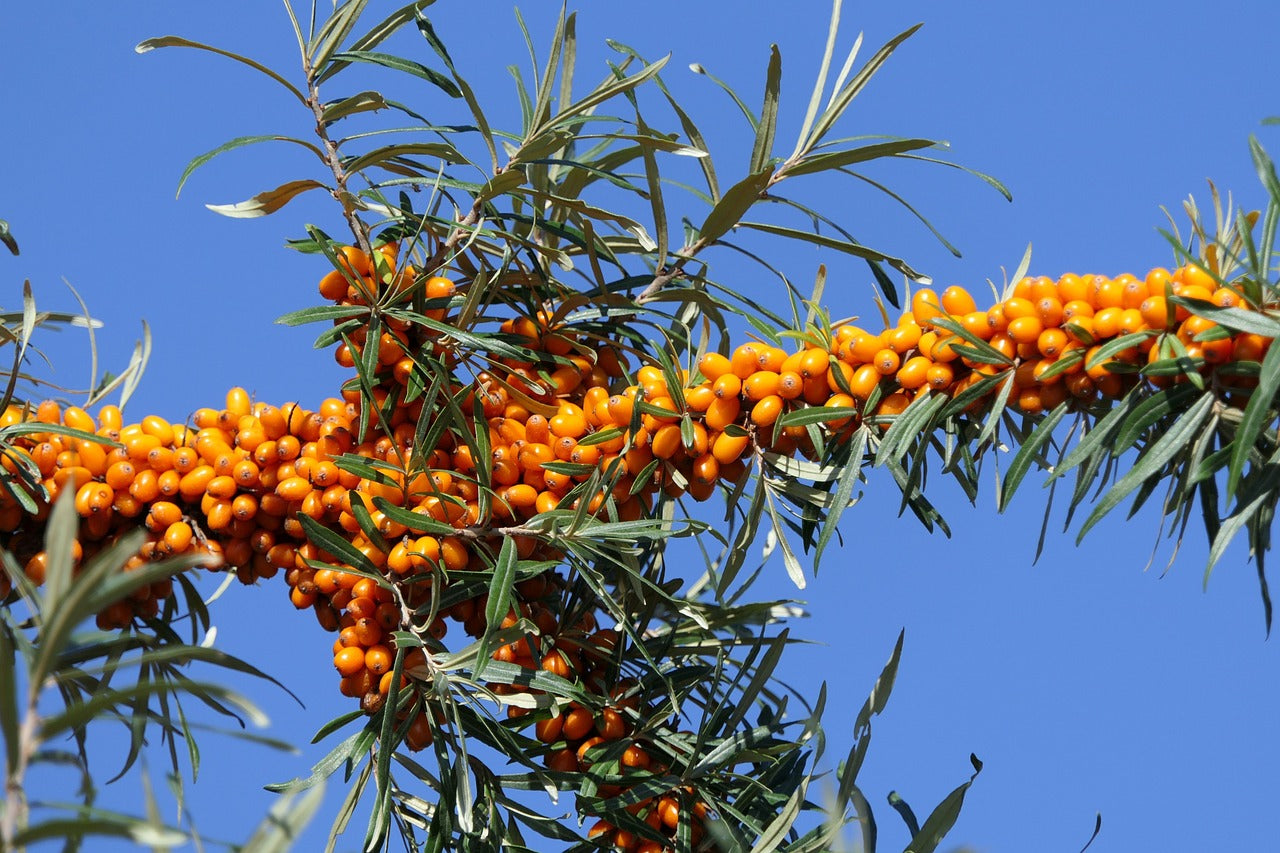
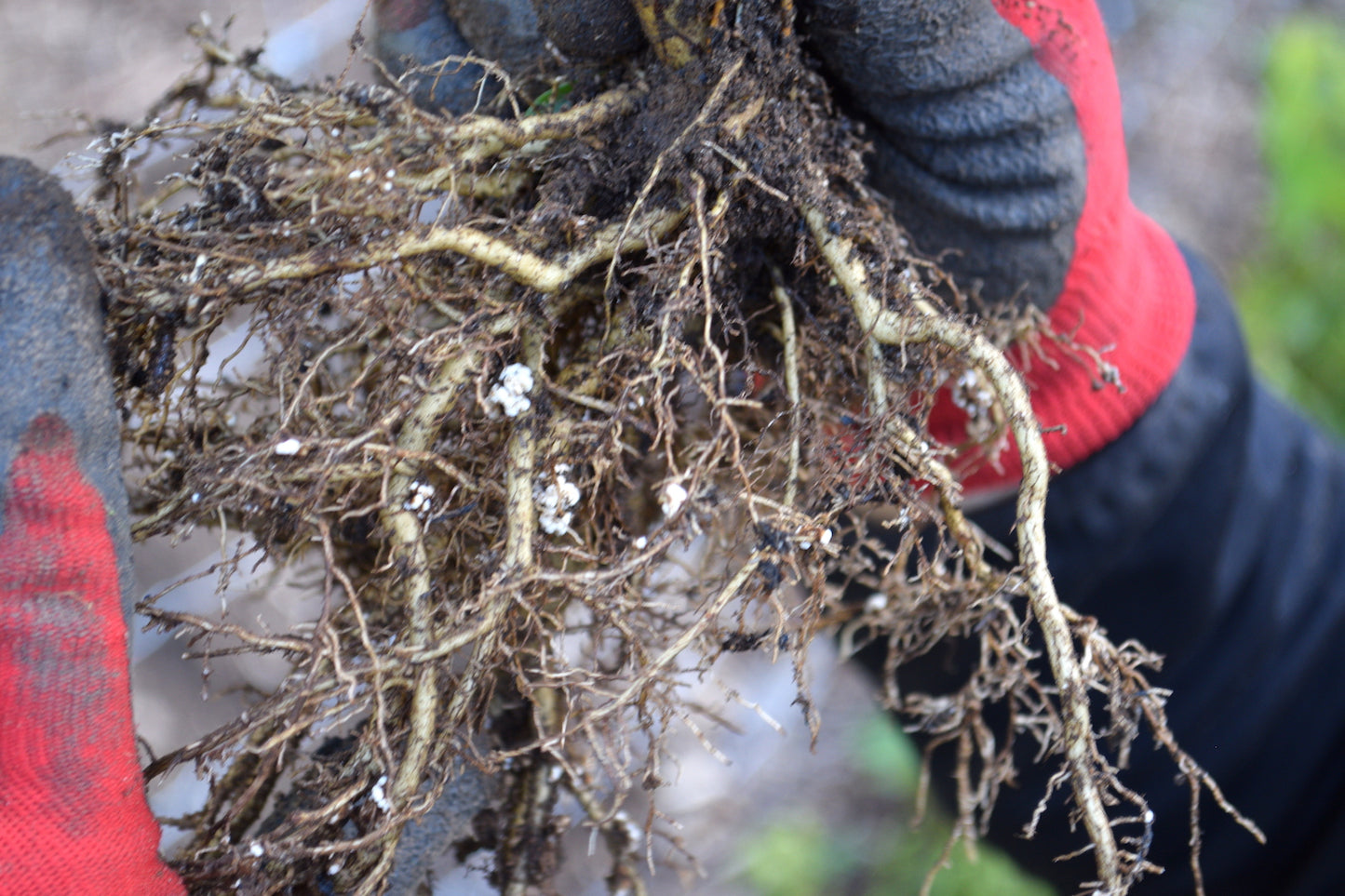
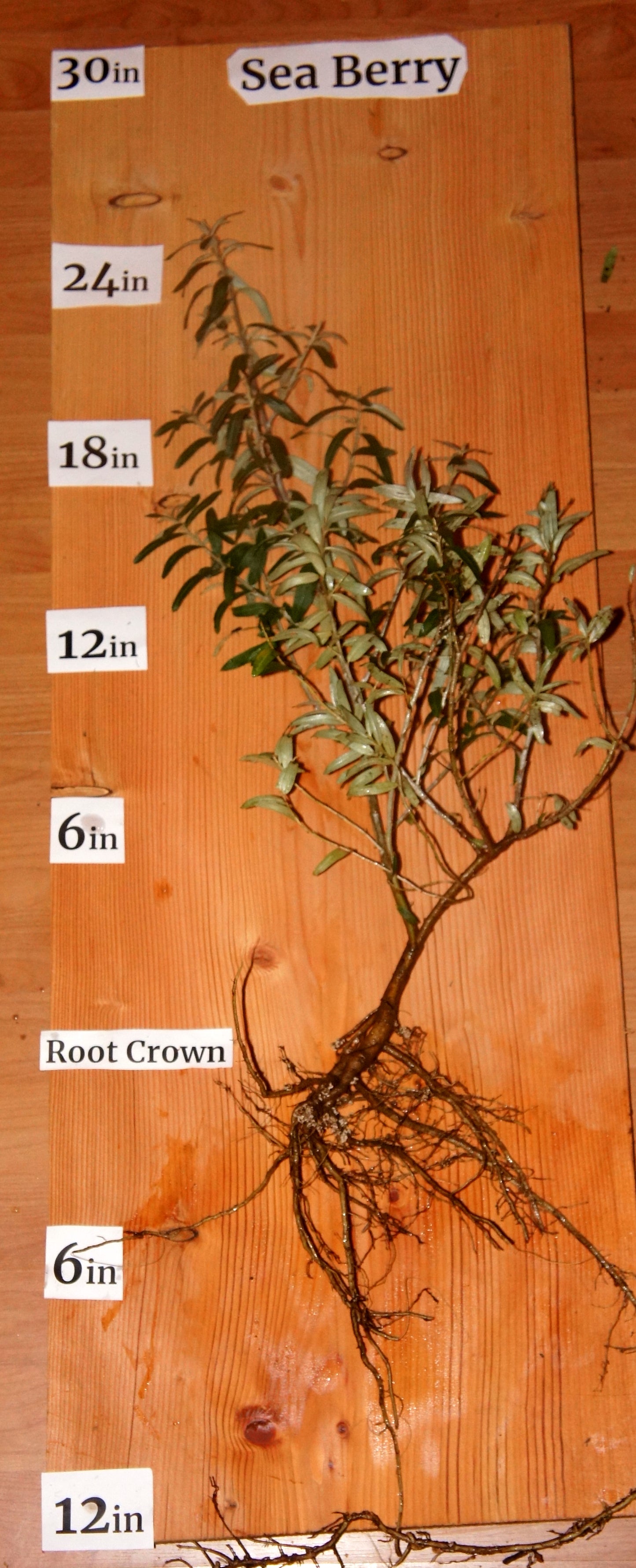
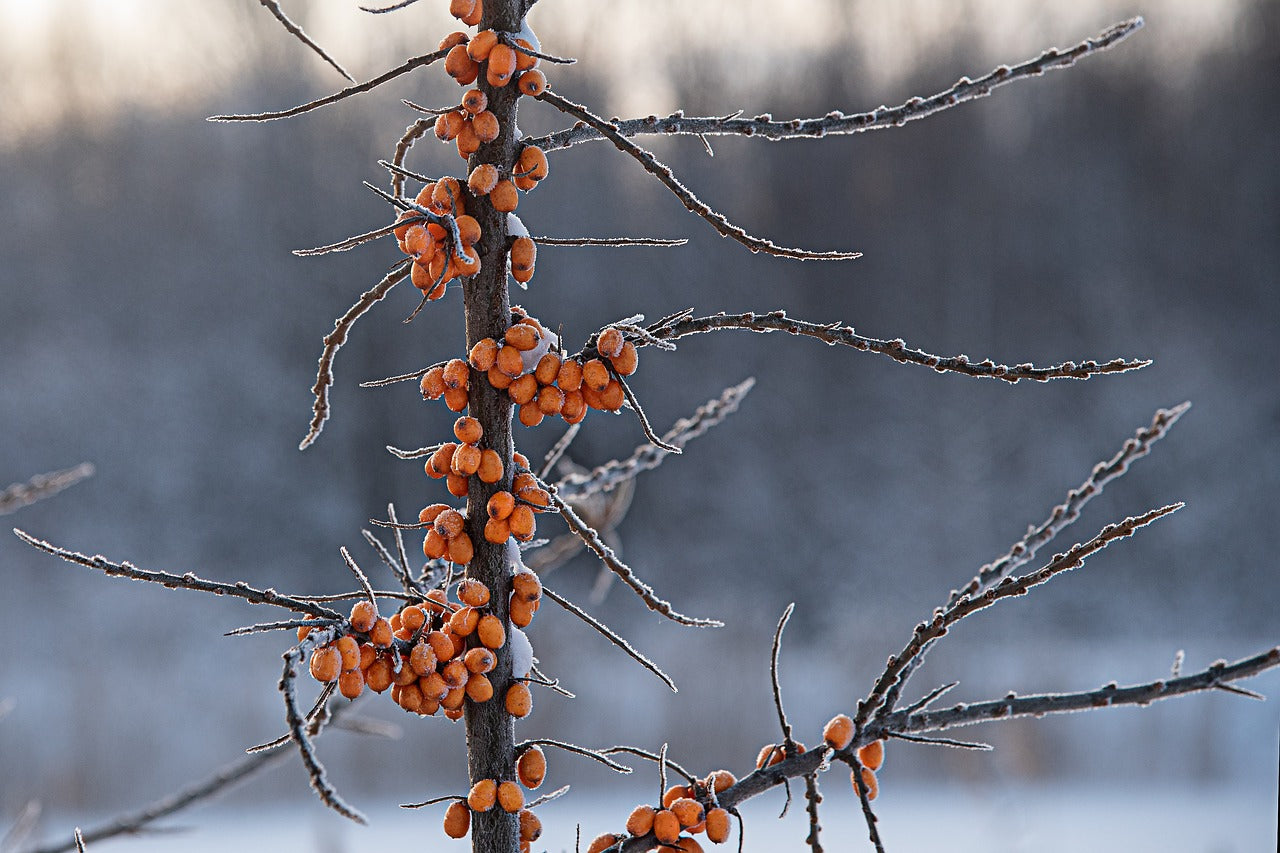
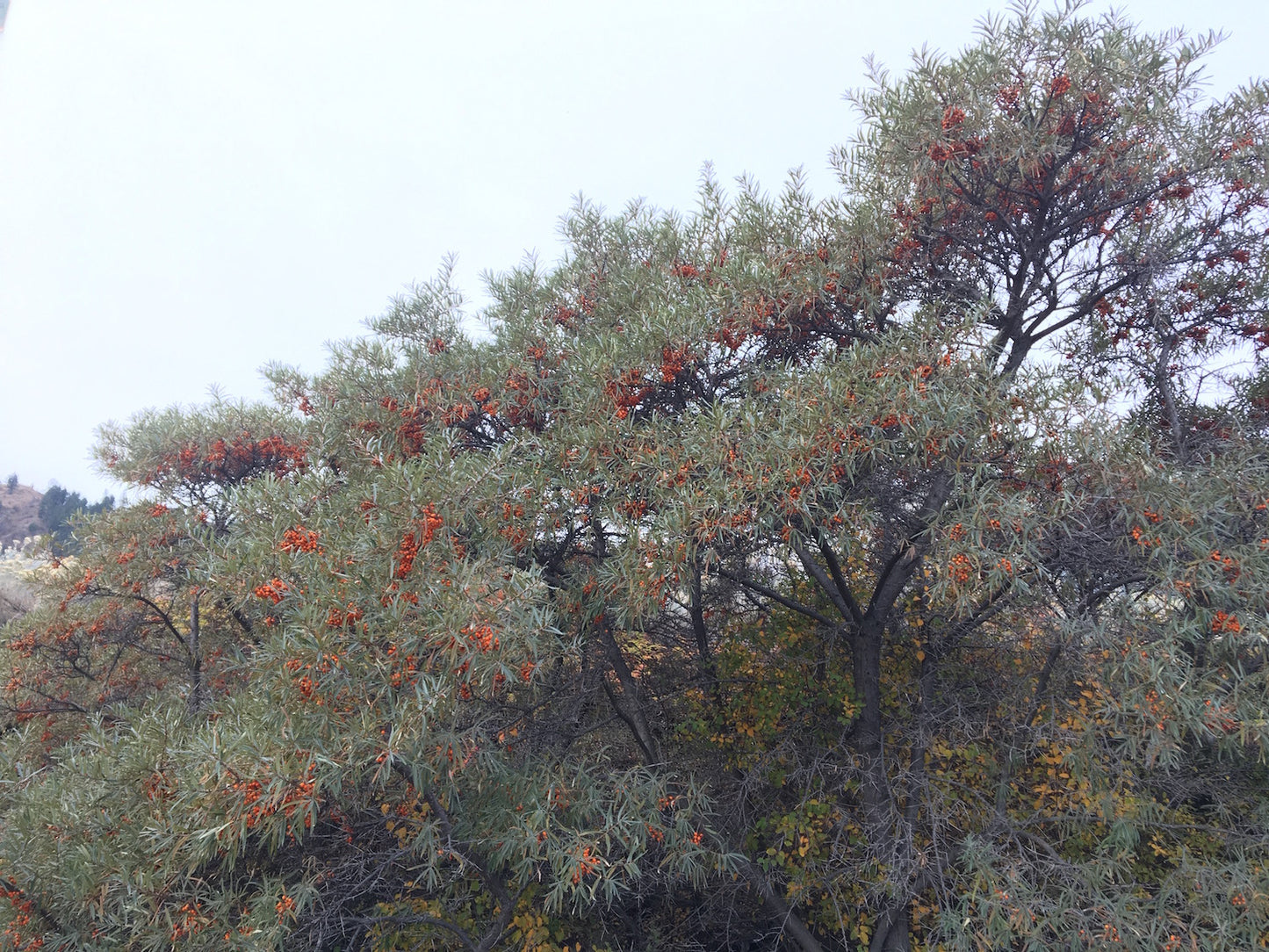
Collapsible content
The Tree
Height at maturity:3 meters
Hardiness Zone:
3
Water Requirements:
Low to moderate
Years to bear:
3-5
Solar:
Prefers full sun
Pollination:
Male and Female Plants. Need 1 male for every 5 females or so for adequate fruit set. Only females make berries
Soil:
Prefers heavier soil but can tolerate a range of soil types
The Benefits
-Nitrogen fixing
-Living edible fence
-Tolerant of heavy clay soils and salty shorelines
Additional info
-Our seedstock was collected in a very dry area receiving absolutely no care. In fact when returning this year we found the plant had been obliterated by city workers but was quickly sending up hundreds of suckers. Like Arnonld said, "I'll be back"
Subscribe to our emails
Lots of Free Growing Info. Be the first to know about new plants and exclusive discounts.




